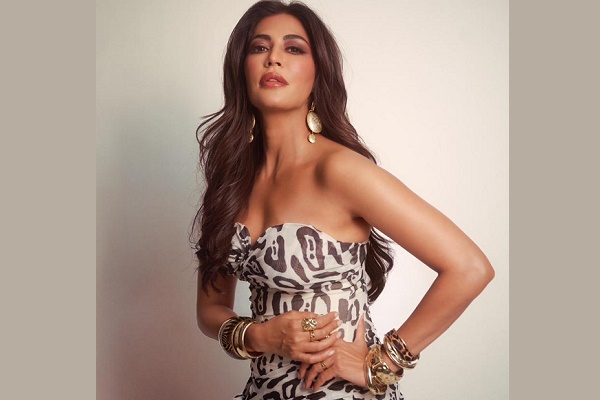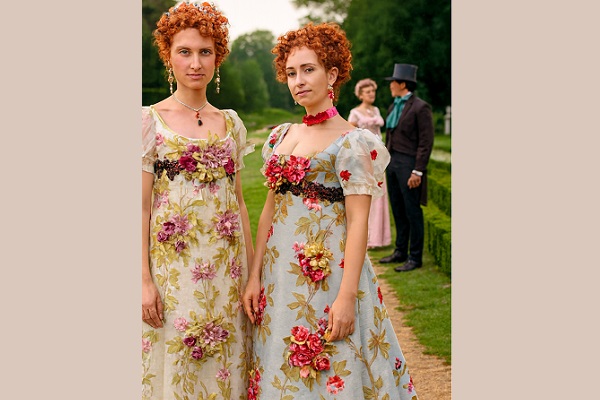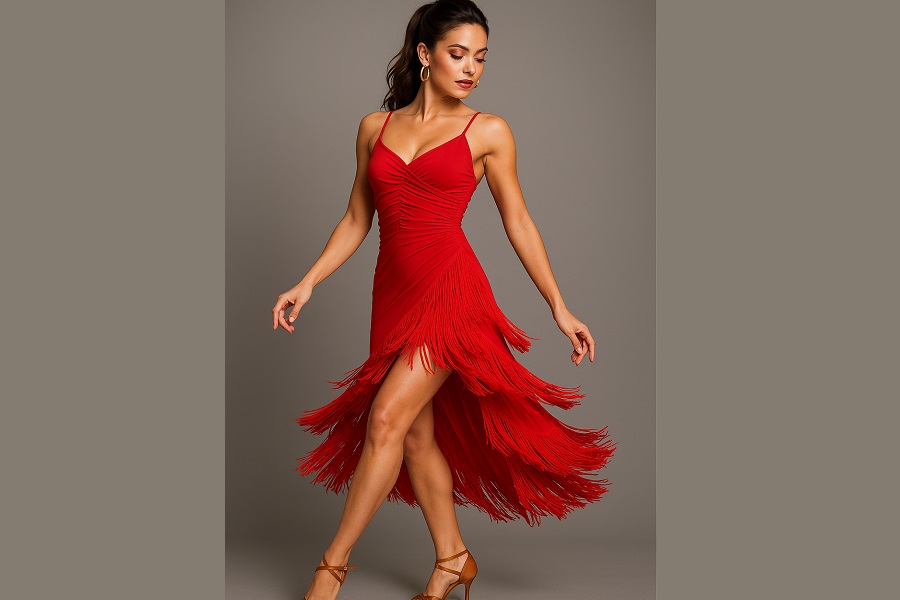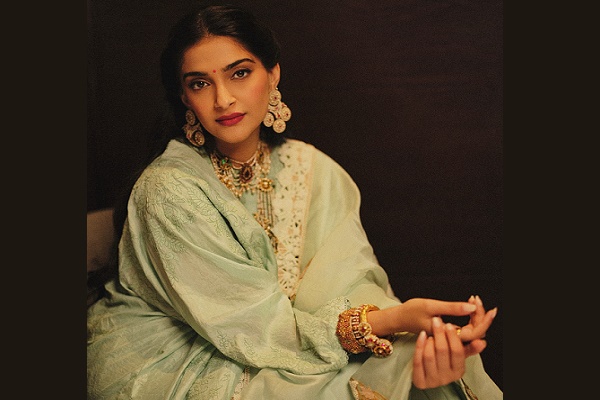Art Deco Fashion: Elegance, Glamour, and Geometric Chic of the 1920s and `30s

Art Deco—an influential design movement that emerged in the 1920s and flourished through the 1930s—is known for its bold geometry, luxurious materials, and sleek elegance. While it's often associated with architecture, jewelry, and graphic design, Art Deco also had a profound impact on fashion, giving rise to a new aesthetic of sophistication, modernity, and opulence.
The Birth of Deco Style
Following the devastation of World War I, the 1920s ushered in a period of celebration and cultural transformation. Women gained new freedoms, and fashion evolved accordingly. Art Deco fashion reflected this liberated spirit, abandoning the restrictive corsets and voluminous skirts of previous decades in favor of straight, streamlined silhouettes and bold embellishments.
The 1925 Exposition Internationale des Arts Décoratifs et Industriels Modernes in Paris was a pivotal moment, officially giving the movement its name and catapulting Deco aesthetics into the mainstream.
Characteristics of Art Deco Fashion
1. Geometric Precision
At the heart of Art Deco is geometry. Fashion embraced angular lines, zigzags, chevrons, sunbursts, and stepped patterns. These motifs appeared in beading, embroidery, and the structural cuts of garments, reflecting the era’s obsession with symmetry and form.
2. Luxurious Materials
Glamour was key in Deco-era fashion. Designers used opulent fabrics such as silk, velvet, satin, and chiffon, often adorned with intricate beadwork, sequins, and metallic threads. Accessories were crafted from exotic materials like ivory, lacquer, and tortoiseshell.
3. Modern Silhouettes
The iconic “flapper dress” exemplifies the Art Deco silhouette—straight, knee-length, and often sleeveless. Dropped waists, bare arms, and open backs were daring by early 20th-century standards, but they defined the liberated style of the modern woman.
4. Futurism and Exoticism
Art Deco was as much about looking forward as it was about drawing from global influences. Fashion incorporated motifs inspired by ancient Egypt, Asia, and Africa—seen in patterns, colors, and jewelry. This fusion of futurism and exoticism gave Deco fashion its unique allure.
Designers Who Defined the Deco Era
Several visionary designers helped shape the Art Deco fashion movement:
Jeanne Lanvin: Known for her romantic, embroidered evening gowns and robe de style silhouettes that balanced tradition with modern elegance.
Paul Poiret: Though more closely associated with pre-Deco Orientalism, his free-flowing garments laid the groundwork for Deco fashion.
Coco Chanel: Her minimalist, practical approach to clothing—with innovations like the little black dress—embodied the Deco spirit of modernity and independence.
Elsa Schiaparelli: Celebrated for her bold use of surrealist influences and geometric patterns that aligned with the Deco aesthetic.
Art Deco in Accessories
Accessories were a vital part of Deco fashion. Long strands of pearls, feathered headbands, cloche hats, and artfully designed handbags completed the look. Footwear also evolved, with T-strap heels and metallic accents reflecting the movement’s fascination with machinery and modernity.
The Legacy of Art Deco Fashion
Though the Art Deco period waned by the onset of World War II, its influence never truly disappeared. Modern fashion continually returns to Deco for inspiration—evident in everything from contemporary red carpet gowns to high-street accessories. The elegance, craftsmanship, and unapologetic glamour of Art Deco fashion endure as a timeless symbol of style.
Conclusion
Art Deco fashion was more than a fleeting trend; it was a reflection of cultural change and technological optimism. Its blend of elegance, modernism, and global influence continues to inspire designers and captivate fashion lovers around the world.
























